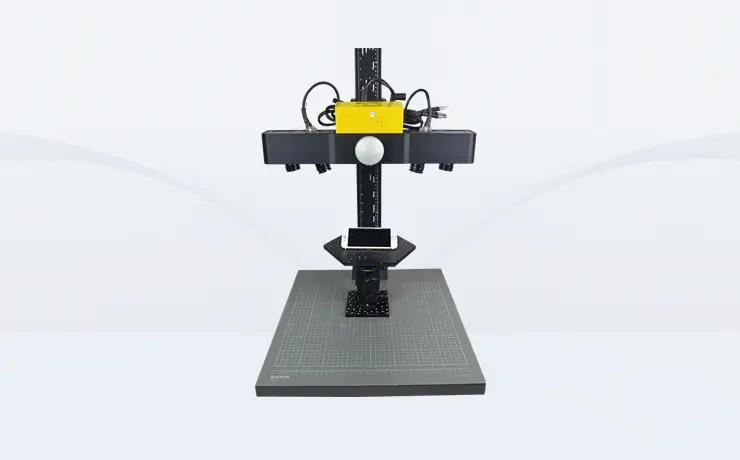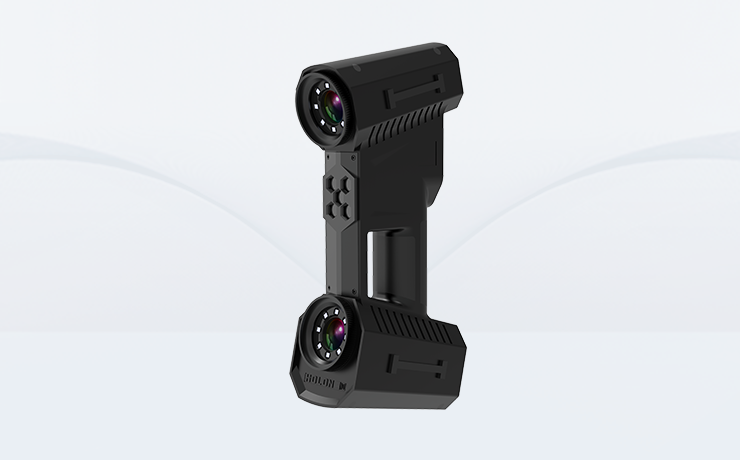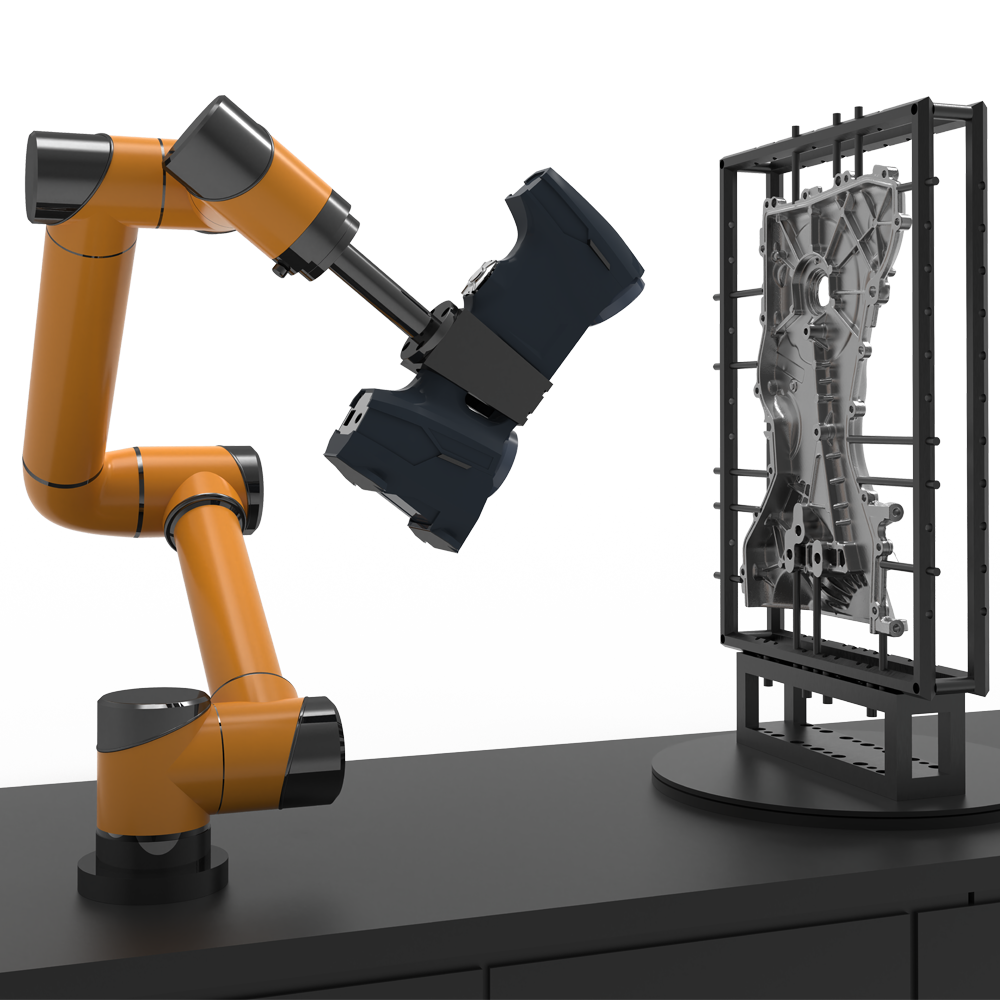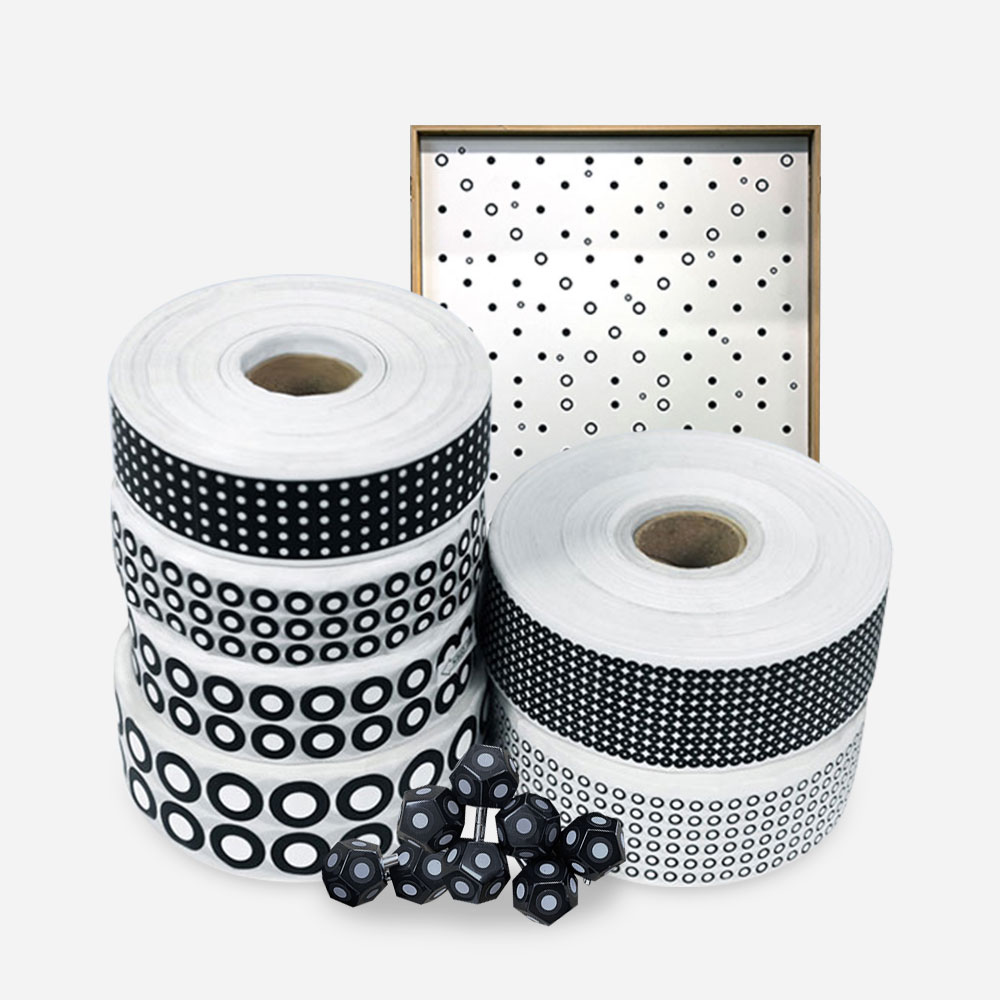- A +
- A
- A -
The rise and development of 3D scanners
The rise of 3D scanners has been around for a long time. It began to develop in the 1970s and 1980s and has a history of several decades. As the 3D industry matures, there are more and more scanning equipment and solutions, and the classification of 3D scanners is becoming more and more abundant, which is suitable for 3D inspection and reverse design of various workpieces in various industries. The following mainly introduces photo-taking 3D scanners and handheld 3D scanners.

1. Photographic 3D scanner
The camera-type 3D scanner is a non-contact white light scanner that first emerged at home and abroad. It features high scanning accuracy and strong stability. It solves many problems encountered in industry, such as product quality inspection, rapid modeling, etc. However, its shortcomings are that white light has weak anti-environmental interference ability, has high requirements on ambient light, etc., the scanning operation calibration is troublesome, and the scanning speed is slow.
2. Handheld 3D scanner
The handheld 3D scanner is a line laser 3D scanner that appeared after the photo scanner. As the name suggests, its light source is a line laser. Most of the early handheld scanners used single-line lasers, which had fast scanning speed, easy operation, light weight, and portability. They were suitable for various complex scenes and were not interfered by external factors. However, its accuracy is relatively low, and it is not suitable for occasions that require higher accuracy or where the workpiece to be scanned is small.
However, with the continuous development of the industry, handheld 3D scanner technology has gradually matured. The handheld 3D scanners now on the market are no longer limited to single-line laser scanning, but use 7, 14 or more laser lines, and their accuracy is almost comparable to that of camera-based 3D scanners. At the same time, the scanning speed has also increased exponentially, which not only saves time and costs, but also greatly improves the user experience.
In recent years, the rapid rise of handheld 3D scanners has begun to gradually replace photographic 3D scanners. Its convenience, speed and simple operation bring great convenience to users, but the price is relatively high. Photographic 3D scanners are still sought after by many users, and their high cost performance is also an advantage that cannot be ignored.



















